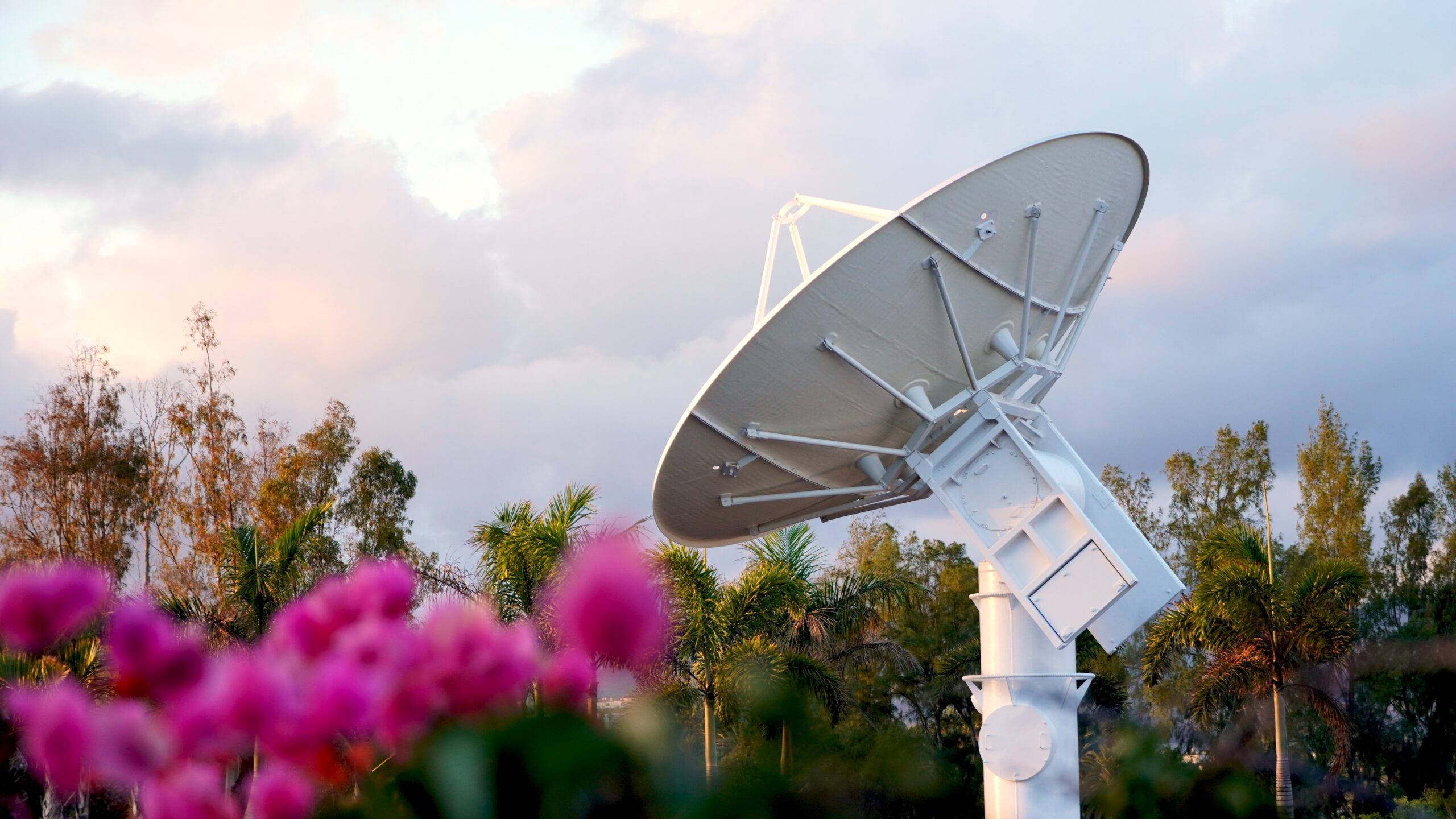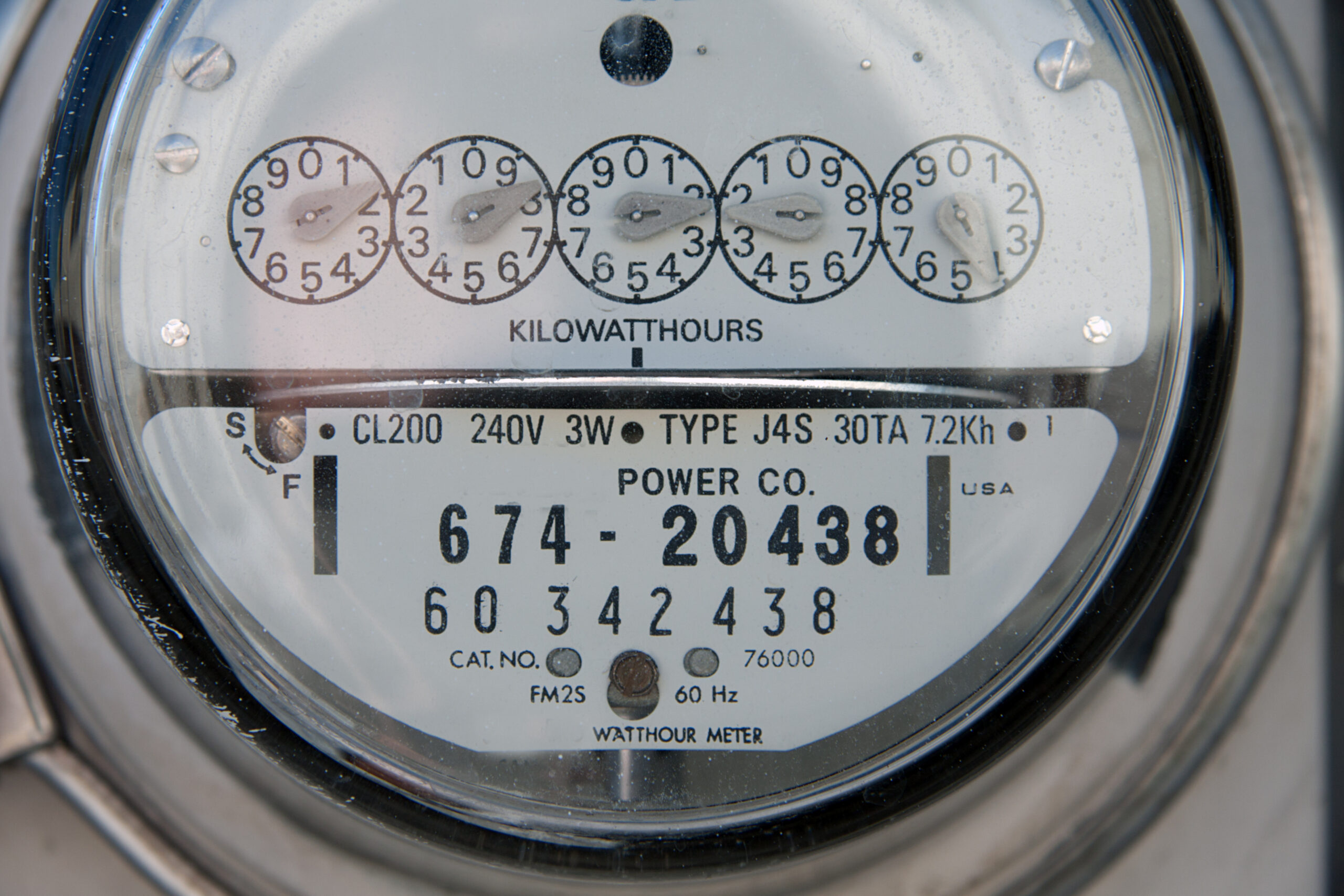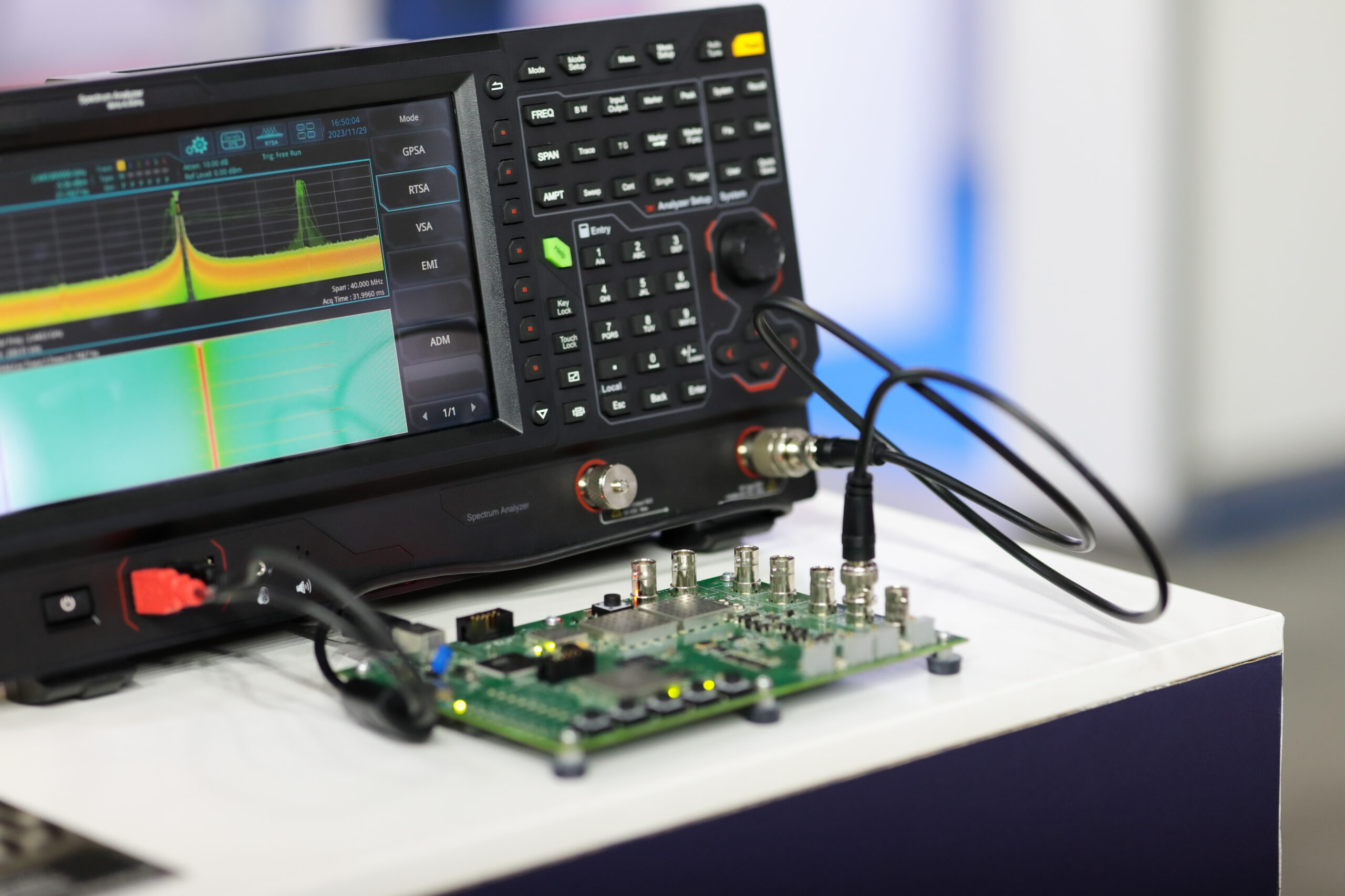To maintain calibration compliance in your organization:
- Adhere to standards like ISO/IEC 17025 and use traceable standards such as NIST.
- Develop detailed SOPs for calibration procedures and guarantee thorough training for employees.
- Implement a calibration schedule aligned with industry best practices and document calibration records meticulously.
Following these practices will enhance the accuracy and reliability of your equipment calibration processes.
Understanding Calibration Compliance Standards
Understanding calibration standards is essential for ensuring the accuracy and reliability of your organization’s test and measuring equipment. Calibration standards, such as ISO/IEC 17025, provide a framework for maintaining measurement accuracy and regulatory compliance.
It’s essential to use traceable standards, like NIST traceable calibration, to guarantee the validity of your measurements. Compliance with industry standards ensures that your equipment meets the requirements for precision and reliability.
Reference standards and materials play a significant role in establishing the accuracy of your calibration processes. You can ensure that your equipment operates optimally by following calibration requirements and utilizing traceable standards.
Regular calibration checks using reference materials help maintain the integrity of your measurements and ensure regulatory compliance.
Establishing Calibration Compliance Procedures
Establishing clear and detailed calibration procedures is vital to guarantee efficient maintenance of calibration compliance in your organization. By following these steps, you can ensure a streamlined and effective calibration process:
Develop Thorough Standard Operating Procedures (SOPs):
Create detailed SOPs that outline the calibration standards, compliance requirements, and calibration intervals specific to each type of equipment. This will provide a structured approach to the calibration process.
Implement NIST Traceable Calibration:
Utilize NIST traceable calibration services to maintain the accuracy and reliability of your equipment. This will help uphold the quality assurance needed to meet ISO/IEC 17025:2017 accreditation standards.
Maintain Detailed Calibration History:
Record all calibration activities thoroughly, including dates, results, and adjustments. This history will help track equipment performance over time and identify any trends that may require adjustments in calibration procedures.
Training Employees on Calibration
Offering thorough calibration training will empower your organization’s employees with the necessary knowledge and skills. Regular calibration guarantees compliance with industry standards.
Calibration technicians should be well-versed in utilizing calibration management software to maintain accurate records. Training sessions should cover the importance of adhering to calibration schedules and properly handling calibration deviations. Your organization can improve its compliance by educating employees on generating detailed calibration reports.
Thorough training programs enhance the proficiency of calibration technicians and instill a culture of accuracy within your organization. Utilizing innovative methods in training can make the learning process more engaging and effective.
Ensure that all employees understand the significance of calibration for compliance purposes. By investing in the training of your workforce, you’re investing in the success and reliability of your calibration programs.
Implementing Calibration Schedule
Consider establishing a systematic approach to implementing your organization’s calibration schedule. To guarantee compliance with calibration requirements and standards, follow these innovative practices:
Define Calibration Frequency
Determine the best frequency for calibration activities based on industry best practices and equipment usage. Regularly review and adjust this schedule to meet your organization’s needs.
Utilize NIST Traceable Calibration
Incorporate NIST traceable calibration services to ensure the accuracy and reliability of your equipment. This standard ensures that your measurements align with recognized national and international standards.
Adopt ISO/IEC 17025:2017
Align your calibration processes with the ISO/IEC 17025:2017 accreditation to enhance the quality and consistency of your calibration activities. This standard provides a framework for effectively managing calibration records and compliance with calibration guidelines.
Documenting Calibration Records for Compliance
Maintain accurate and up-to-date calibration records to guarantee compliance with standards and facilitate equipment traceability. Thorough records of calibration dates, precise measurements, and calibration service providers are essential for meeting international standards and ensuring reliable measurements.
Documenting calibration records helps with environmental controls and protects your organization from potential legal issues that may arise due to inaccuracies. By meticulously recording all calibration activities, you reduce the risk of errors and demonstrate a commitment to quality and precision.
Ensure to include details such as the instrument identification, calibration procedures, results, and any adjustments made during the process. Utilizing digital tools for record-keeping can streamline this process and make it easier to access information when needed.
Conducting Regular Internal Audits
Implement regular internal audits to assess your organization’s calibration processes and maintain ongoing compliance with standards and regulations. Internal audits ensure that your calibration activities align with the calibration requirements and compliance standards set forth by ISO/IEC 17025:2017.
Conducting these audits can enhance your quality management practices and verify the accuracy of your measurement processes.
Here are three key steps to contemplate when performing internal audits:
1. Develop a Thorough Audit Plan: Outline specific audit procedures and criteria for evaluating your calibration processes thoroughly.
2. Review Compliance Documentation: Scrutinize your compliance documentation to ensure all calibration activities are well-documented and meet the required standards.
3. Verify Traceable Calibration: Confirm that your equipment undergoes traceable calibration to uphold the highest measurement accuracy and reliability level.
Ensuring Calibration Compliance
To sum up, by following these best practices for maintaining calibration compliance in your organization, you can guarantee that your equipment is accurate and reliable. Stay on top of industry standards, establish procedures, train employees, schedule calibrations, document records, and conduct regular audits to secure compliance.
Implementing these strategies can streamline the calibration process and avoid costly errors, improving your measurements’ efficiency and quality.
Elevate your organization’s calibration compliance with EML Calibration‘s expert services. Our ISO/IEC 17025 accredited laboratory specializes in delivering NIST traceable calibration, ensuring your equipment meets the highest standards for accuracy and reliability. Trust our experienced technicians to streamline your calibration processes, implement best practices, and provide comprehensive documentation.
Contact EML Calibration today to schedule your calibration services and experience the confidence of maintaining full compliance within your organization.





